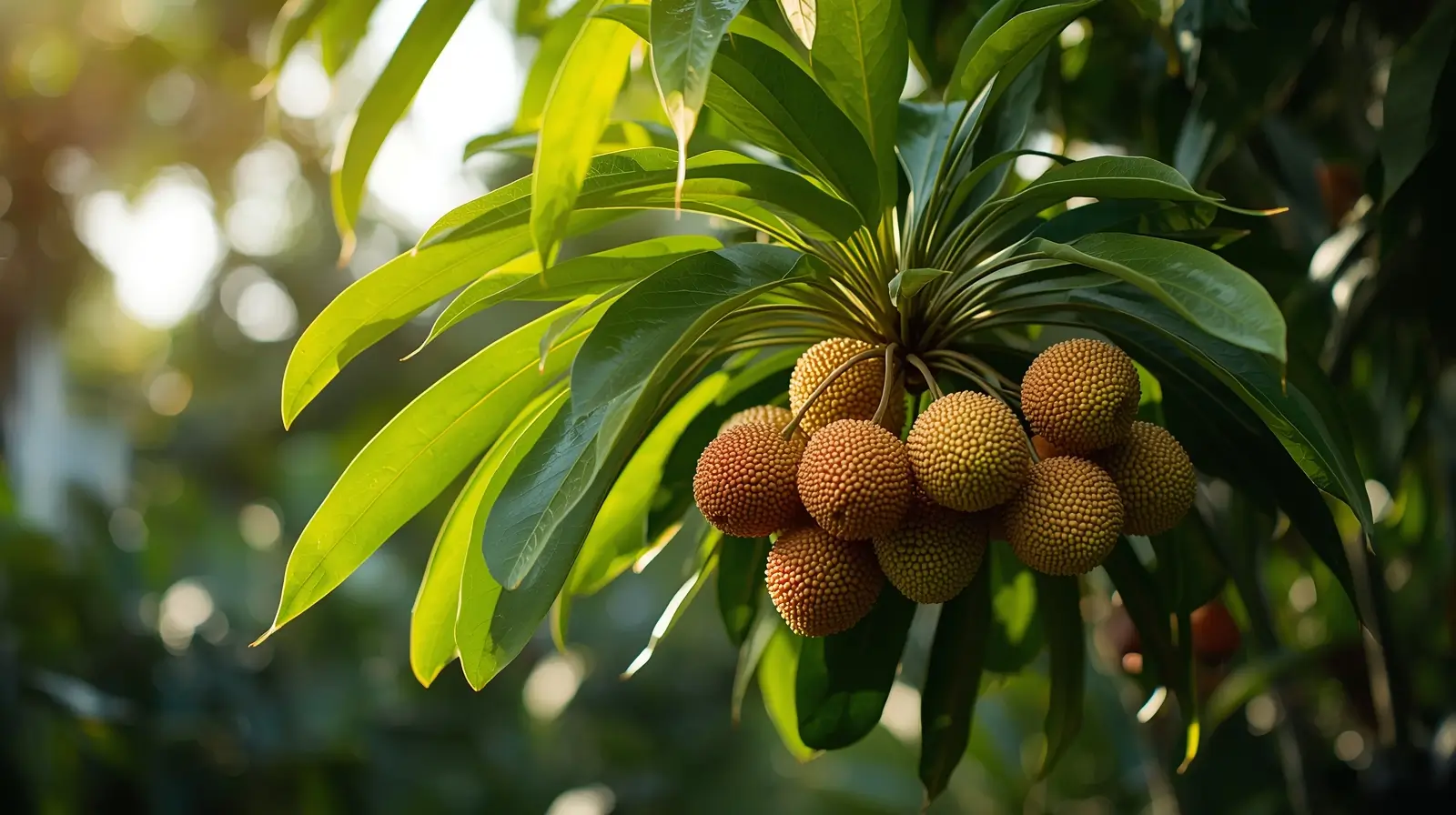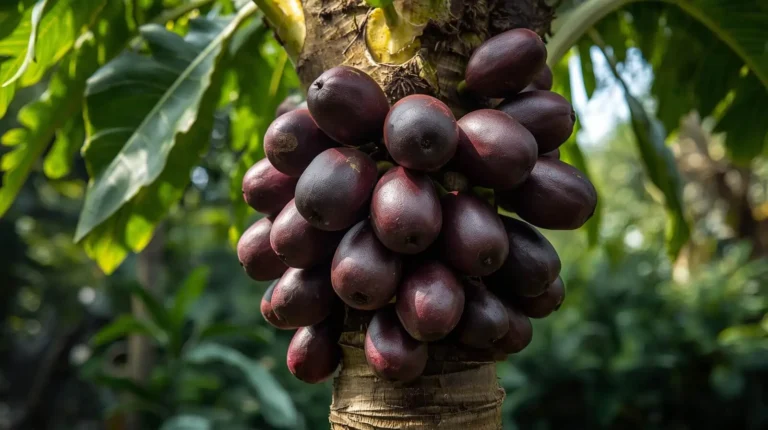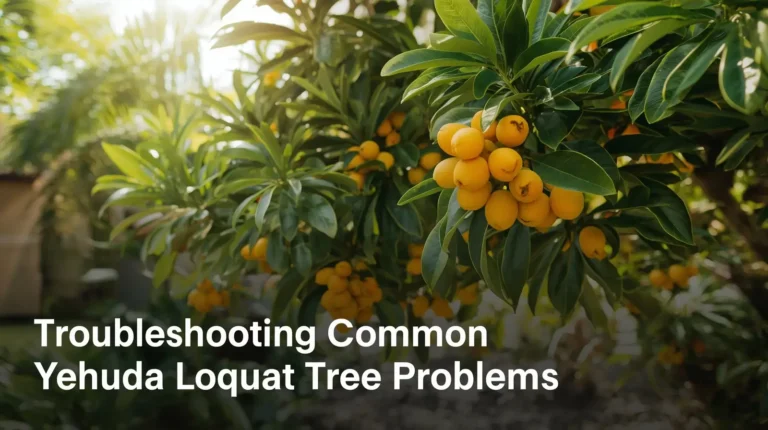Growing a sweetheart lychee tree can be a deeply rewarding experience, especially when you approach it with patience and thoughtful gardening habits. When I first decided to plant one, I followed a simple guide that focused on site selection and soil quality, which helped me avoid early challenges. Choose a sunny spot that receives plenty of sunlight and make sure the ground has well-draining soil. This kind of environment supports healthy growth and encourages the branches to stretch comfortably toward the sun. With steady attention and care, the sweetheart lychee tree begins its journey toward becoming a flourishing tree that feels natural and inviting in the space.
Once planted, consistent maintenance is what leads to real success. I found that regular watering and mindful fertilization helped boost fruit production without overwhelming the tree. These steps also help prevent issues that may arise, such as pests or diseases, which can interrupt the development of fruit. The goal is to cultivate a healthy balance so that your effort stays mostly worry-free, allowing you to enjoy its gentle beauty as it grows. Each season adds new learning moments that teach you how the tree responds to your environment.
With time, you’ll watch your tree blossom, filling out with lush leaves and eventually offering a bountiful harvest. Seeing your tree thriving feels like witnessing nature reward your dedication. Many gardeners share this same joy when nurturing plants that respond so warmly to thoughtful guidance. The experience becomes more than just routine garden work; it becomes a quiet partnership where both you and the tree grow together.
🍒 Dreaming of homegrown lychees?
Growing a Sweetheart Lychee Tree at home can be a truly enjoyable experience, whether you’re a new gardener learning your first steps or a seasoned grower expanding your collection. This beloved tree is known for its compact growth, making it easier to plant in smaller yards while still offering juicy and aromatic fruit that feels like a treat straight from nature. With the right care, a simple guide can help you nurture its needs and even troubleshoot small issues that appear along the way, allowing you to watch your tree thrive and offer sweet rewards year after year.
Prepare Your Site for Planting
When preparing to plant a sweetheart lychee tree, the first step is selecting the right site. The tree needs full sun for about 6-8 hours daily, and placing it where there is excessive shade or strong winds can hinder growth. Outdoors, a spot with good sunlight exposure works well, but if you are practicing indoor cultivation, positioning the plant near a south-facing window or east-facing window can help. To nurture growth indoors, some growers use grow lights for 12-16 hours a day to imitate the natural light cycle. This provides the tree with an optimal opportunity to thrive, especially when you are just starting your gardening journey.
For more research-based growing recommendations, see the **University of Florida IFAS Lychee Growing Guide**
Soil conditions make a huge difference in how well your tree flourishes. Choose well-draining soil that is slightly acidic soil with a pH 6.0-6.5. Begin by testing soil to understand pH levels and nutrient levels before making changes. If needed, try enriching soil with organic matter, compost, or well-rotted manure to enhance drainage and enhance fertility, giving the tree the best possible start. In many southern garden regions and western garden regions, minor soil adjustments like these can enhance development and enhance fruit yield over time.
When digging your planting hole, make it twice as wide as the root ball and the same depth to allow for the expansion of roots. Be sure to do not dig too deep, as a deeper hole can cause waterlogging, which is detrimental to plant health. If your soil retains water, you can improve drainage by planting on a mound or using a raised bed. This also helps prevent the tree from becoming prone to root rot, especially in overly saturated conditions. These steps are vital for growth and long-term stability.
As noted by Kiersten Rankel, proper placement and thoughtful preparation can dramatically influence how your tree develops. By selecting the right site and providing supportive care, your planting area transforms into an environment where the tree can settle, adapt, and eventually reward your efforts with lovely results.
Plant Your Sweetheart Lychee Tree
- Positioning sweetheart lychee tree by gently placing it in the center of the prepared hole with the top of root ball kept level to the surrounding ground surface ensures careful positioning that is vital for steady plant growth and stability.
- Backfill hole using the refill excavated earth, making sure to eliminate air pockets and create a firm ground around the base of plant to provide support that is crucial for strong establishment.
- Water thoroughly and deeply irrigate to settle soil during initial watering, supplying moisture to the newly planted sapling and encouraging healthy root growth with consistent moisture for a robust root system, similar to care practices for soursop trees.
- Add organic mulch few inches away trunk to retain soil moisture, suppress weed growth, and regulate soil temperature, creating an optimal environment for growth.
- If it is a tall plant or in a windy area, use staking with additional support, soft ties, and secure trunk so it stays upright. These best practices improve success rate, overall health, and productivity while helping reduce yield loss caused by pests such as lychee erinose mite, which can cause 80% yield reduction if not managed effectively.
When I first followed these steps in my own gardening endeavors, I noticed how empowering knowledge and small adjustments lead to fruitful outcomes. With consistent caring for plants, the soil settled, roots adapted, and soon the tree blended into a thriving garden like it naturally belonged.
Read Also: 7 Expert Secrets for Success in Every Lychee Tree Zone
Care for Your Sweetheart Lychee Tree
Keeping the soil ground consistently damp but not overly saturated is important when caring for young Sweetheart Lychee trees, especially in their early growth stages. I usually water deeply once a week, but I also adjust the amount by adjusting frequency depending on rainfall and temperature. Be careful with lawn sprinkler systems, as too much moisture can cause root rot. Monitoring soil moisture levels is crucial, and as Kiersten Rankel says, it’s best to be consistent not overzealous to avoid problems.
To support growth, apply a balanced fertilizer made for fruit plants every 6-8 weeks during the growing season in spring and summer. Always follow the manufacturer’s instructions for application rates. The lychee fruit is known to contain 0.3 mg iron per 100 g, making it a nutritious addition to both your garden and your well-being. In my experience, this step also leads to a more satisfying harvest.
Pruning is one of the simplest ways to shape and protect your tree. I trim annually to maintain shape and remove dead branches or remove diseased branches. This practice encourages healthy growth and improves air circulation, creating a thriving environment for the tree to flourish.
Pest control is another part of proactive care. I examine plant regularly to watch for scale insects and mealybugs. When needed, I use organic insecticidal soap or neem oil to control infestations. Addressing these issues early helps prevent leaf spot diseases and keeps the plant strong.
Finally, practice proper drainage and set a regular irrigation plan based on moisture assessments, which helps in preserving vitality as your tree flourish across seasons. The case study known as The Drought Dilemma reminds us of the importance of evaluating moisture levels to prevent underwatering, which can cause crispy leaves. By choosing to nurture gardens with awareness and patience, we support trees that thrive year after year.
Read Also: 5+ Best Lychee Tree Zone Tips for Thriving Growth
Troubleshoot Common Growth Issues
- If you see yellowing leaves, it may be caused by overwatering or nutrient deficiency, so start by checking the moisture content of the soil; when the soil excessively saturated, you must reduce watering, but when you notice dry soil, applying a balanced fertilizer can restore essential nutrients, especially during a cultivation period no more than three years to protect your plant’s health.
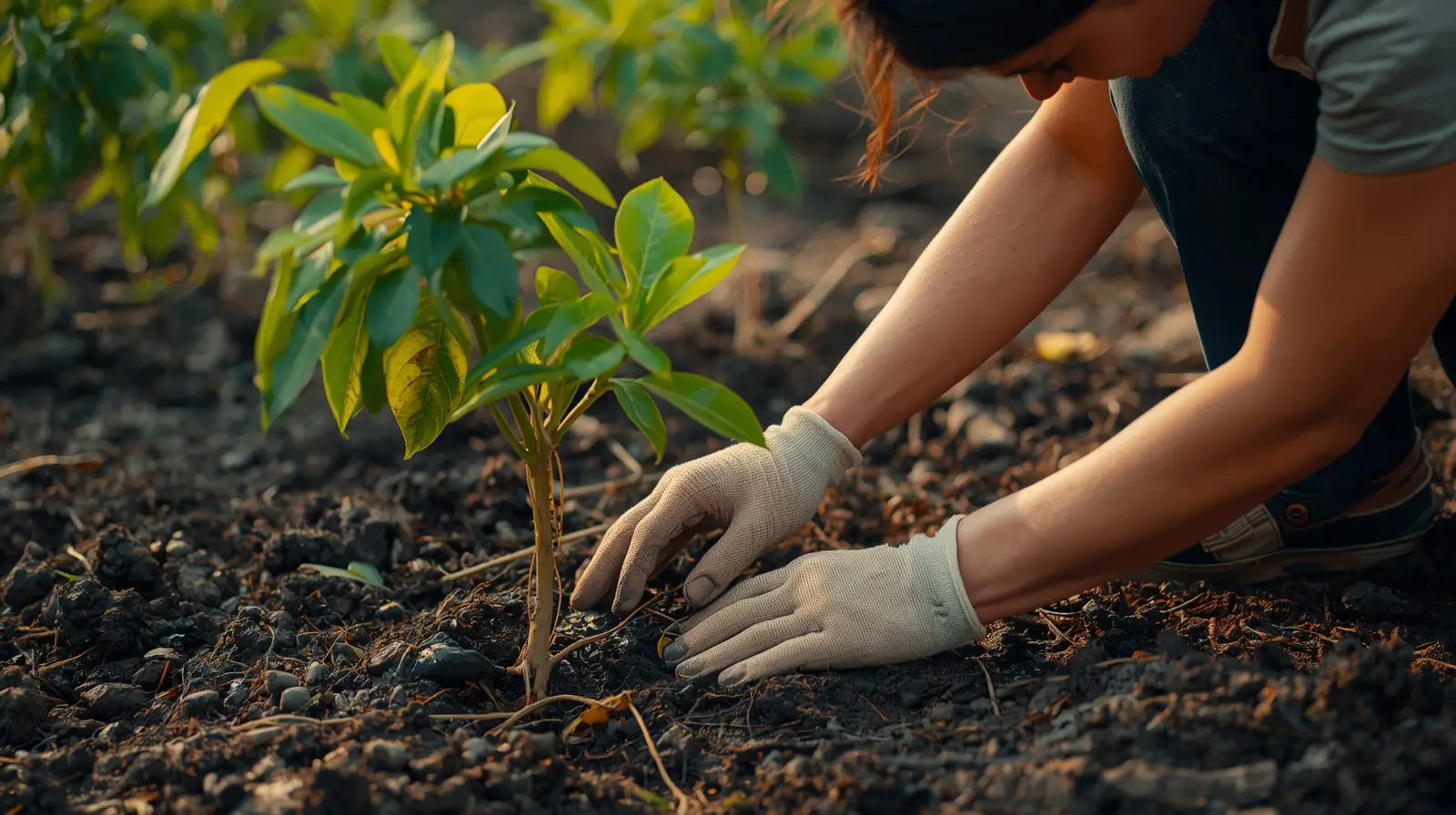
- Wilting leaves can be a sign of underwatering or root decay, so provide adequate water during dry spells, and if the problem continues, inspect roots for signs of rot, especially in poorly draining soil, because stunted growth of new branches during blooming can also point to water-related stress.
- When you notice poor fruit set, it may be due to insufficient pollination or a nutrient imbalance, so try hand-pollinating to boost fruit set and look for signs of stress that may hinder flowering, ensuring your tree receives the right balance of nutrients and environment.
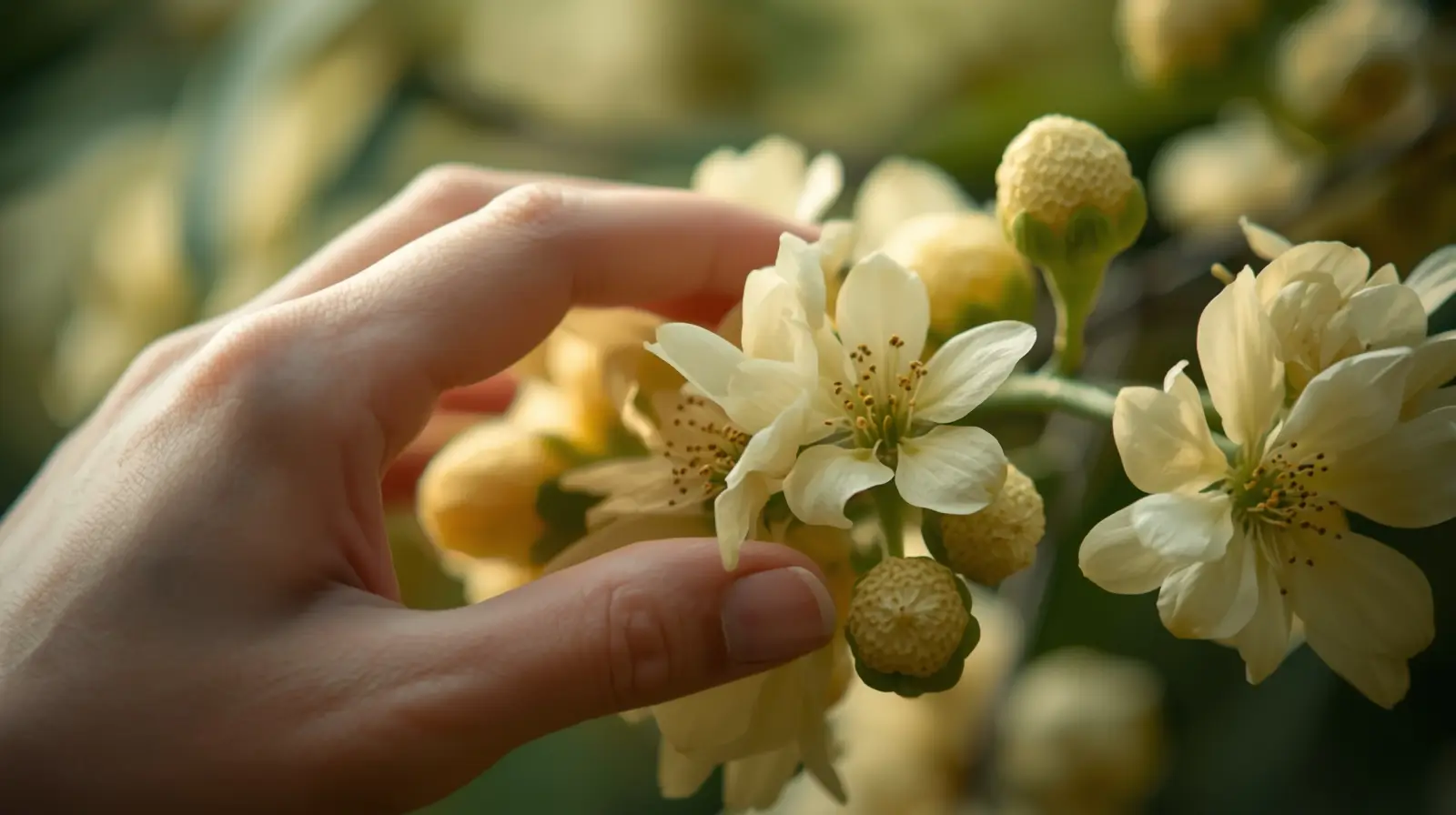
- Watch out for pest infestations caused by aphids, fruit flies, or passion vine hoppers, and identify infestations early so you can manage infestations using regular inspections and organic pest management techniques like insecticidal soap or neem oil to protect your tree from long-term harm.

- If you observe fungal diseases like black spots on leaves, this may be a fungal infection, so enhance air circulation, apply fungicide when needed, and maintain appropriate spacing between plants to reduce risk of fungal issues while practicing proactive care that supports a yield abundance of fruit across your gardening adventures.
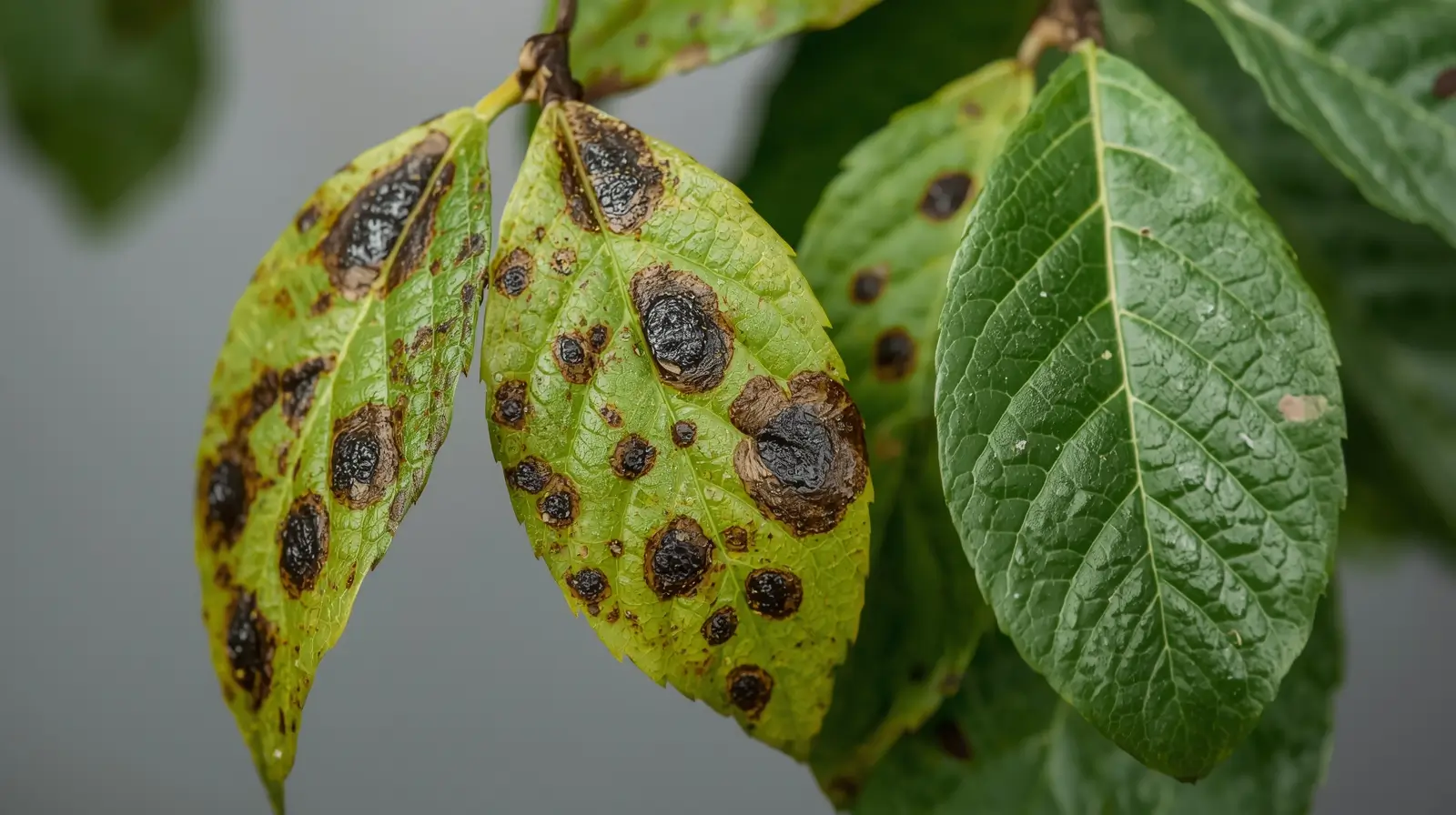
When I first learned to troubleshoot these issues, I realized how closely observation connects to results; small adjustments can make the difference between a struggling tree and one that flourishes. With attention to watering, nutrition, and seasonal changes, your efforts begin to feel intuitive and deeply rewarding as your garden slowly grows into a thriving, living space.
Read Also:
- Gardening & Plant Care Guide for Thriving Plants
- Tropical Fruit Trees: Grow Exotic Paradise at Home (Guide)
Conclusion
Caring for your sweetheart lychee tree becomes much easier once you understand what its leaves, roots, and blooms are trying to tell you. Paying attention to watering habits, nutrient balance, pest activity, and air circulation helps prevent problems before they interfere with your tree’s growth. With consistent and proactive care, your tree can develop strong roots, healthy foliage, and ultimately provide a yield abundance of fruit that reflects your patience and dedication. Gardening is a journey, and each season brings new lessons that help you grow alongside your plants.
FAQs
- Why are my lychee tree’s leaves turning yellow?
This can happen due to overwatering or nutrient deficiency. Check the soil moisture first, then adjust watering or apply a balanced fertilizer if needed. - How often should I water my lychee tree?
Water deeply once a week, but adjust based on rainfall and temperature. Keep the soil ground consistently damp, not soggy. - What should I do if my tree is blooming but not producing fruit?
This may be caused by insufficient pollination or a nutrient imbalance. Try hand-pollinating and check if the tree is receiving the right fertilizer. - How can I control pests like aphids or fruit flies?
Use organic pest management techniques such as neem oil or insecticidal soap, and perform regular inspections to catch infestations early.

